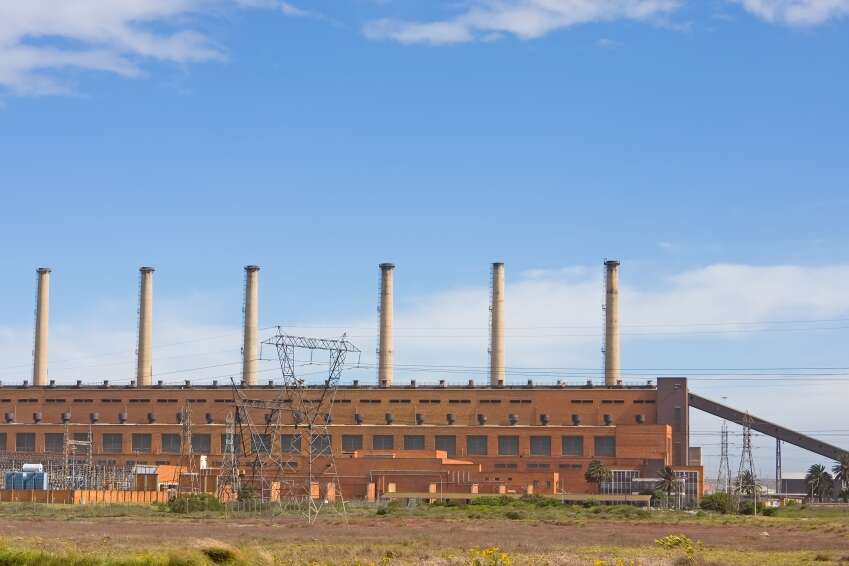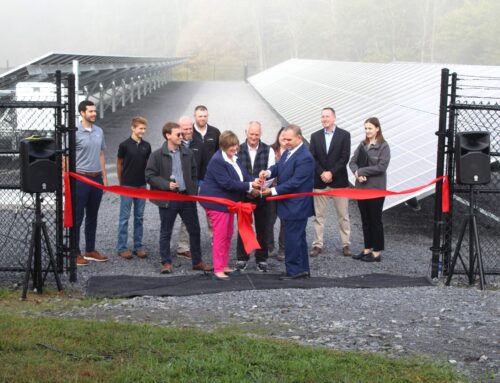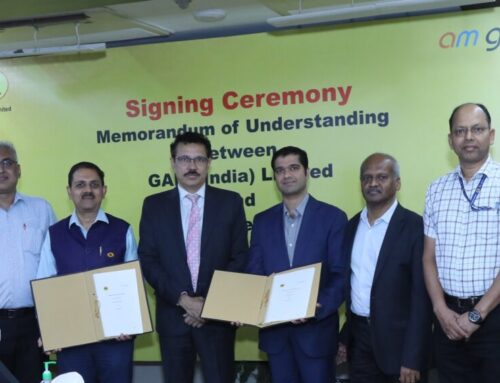Urgent action needed to accelerate South Africa’s renewables rollout,
October 4, 2024

Renewables rollout plan of South Africa’s energy minister faces regulatory and grid capacity hurdles.
What: Electricity and Energy Minister Kgosientsho Ramokgopa wants to “aggressively” speed up the rollout of renewables and restore confidence in the public procurement process.
Why: South Africa’s public system for sourcing renewable energy from independent power producers (IPPs) has become outdated.
What next: The long-term solution may require developing a model that allows independent power transmission (IPT) projects to be integrated into the Transmission Development Plan.
South Africa’s Electricity and Energy Minister Kgosientsho Ramokgopa has emphasised the government’s desire to accelerate the rollout of renewable energy, which he referred to as the “future.” Ramokgopa on September 30 spoke of an “aggressive” plan for the deployment of renewables at an energy seminar in Gauteng, Engineering News reports.
However, the minister pointed out that certain structural challenges, such as grid capacity, and regulatory issues, needed to be addressed to speed up the rollout and restore confidence in the public procurement process.
According to Ramokgopa, South Africa’s public system for sourcing renewable energy from independent power producers (IPPs), initially praised when launched in 2011, has become outdated. It required an urgent review, he said, after recent setbacks in procuring new wind energy and the introduction of regulatory changes allowing private IPP projects of any size to move forward without a licence.
“As part of our quest to ensure that we see the exponential rise of renewables as part of the energy mix, we are going to be a bit more aggressive in onboarding renewables,” he said, adding that “the inherent weakness of the system” needed to be addressed.
South Africa’s slow progress in expanding renewable energy is largely owing to underinvestment in grid infrastructure, a complex grid allocation system, and outdated regulations. Nevertheless, Bernard Magoro, head of the IPP Office, noted that since 2011, public procurement of renewable projects has attracted ZAR272bn ($15.6bn) in investment. The 6,300 MW of wind and solar capacity procured now contributes about 10% of the country’s electricity.
However, delays in securing grid-connection cost estimate letters (CELs) from the state-owned power utility Eskom and in obtaining grid-connection budget quotes (BQs) from preferred bidders before construction could start have slowed down the process.
Marogo described the shift from the previously used ‘first come, first served’ model for grid capacity allocation to ‘first ready, first served’ as a positive first step. “[But] we need to finalise that process and get rules that make the process much more seamless and faster,” he said as cited by Engineering News.
Brian Day, chairperson of the South African Independent Power Producer Association, suggested that CELs and BQs for renewable energy projects should be processed in “parallel rather than in series” with other regulatory approvals to reduce risks and speed up project implementation.
According to Day, curtailment could be a short-term solution to free up grid capacity, especially in provinces rich in renewable resources. However, he noted that the National Energy Regulator of South Africa (NERSA) still had to approve the curtailment framework. Day also pointed out that NERSA had become a “bottleneck” in adapting to the fast-changing energy sector.
He said that in the medium term, the National Transmission Company of South Africa (NTCSA) could relieve grid constraints by using turnkey contracts for new grid capacity.
However, the long-term solution may require the development of a model to allow independent power transmission (IPT) projects, as NTCSA alone may not be able to deliver the necessary infrastructure to connect new renewable energy sources.
Transmission Development Plan
NTCSA’s interim CEO Segomoco Scheppers, during his address, did not mention the company’s investment plans or the possibility of integrating IPT projects, writes Engineering News. However, he noted that an updated version of the Transmission Development Plan (TDP) would be released by the end of October.
The current plan, with an estimated cost of ZAR390bn ($22.5bn), aims to establish 14,000 km of new powerlines and additional substation infrastructure by 2032. Despite this ambitious target, only 74 km were built last year, and Eskom plans to add just 800 km more in the next three years.
Scheppers also emphasised the need for NTCSA to receive ringfenced revenue from NERSA, following the evaluation of Eskom’s revenue application. If fully approved, electricity tariffs could increase by 36% from April 1 next year.
IPT projects
Amith Singh, head of energy finance at Nedbank, indicated that there is a definite interest in funding IPT projects through the limited recourse project financing model used for IPPs, supported by contracted cash flows. While international IPT project terms usually range from 25 to 30 years, South African banks may fund shorter terms of 15 years, with projects later transferred to NTCSA.
The National Treasury was working with the World Bank’s Multilateral Investment Guarantee Agency on a credit guarantee system without impacting government finances, he said.
Furthermore, Singh urged policymakers to see public and private procurement as complementary and not competitive. “When the private companies buy these power purchase agreements, they give their own balance sheets as guarantees, and that really helps government to use guarantees that would have been needed for public IPP procurement for other programmes,” he said, as reported by Engineering News.
Gqi Raoleka, executive director at Pele Green Energy, stressed the importance of the grid rollout in reviving South Africa’s construction industry and emphasised the need for more black-owned contractors. He also called for the government’s flexibility in supporting black economic empowerment (BEE) investors.
Mercia Grimbeeck, head of development at Enertrag, advocated for more consistent procurement to rebuild public programme credibility and suggested easing grid pressures through regional procurement and co-locating wind and solar PV projects with battery storage. She also recommended “faster, smaller rollouts” rather than mega-projects to enhance bankability and resource efficiency.
Ramokgopa acknowledged the inputs and committed to integrating them as part of the government’s push to accelerate renewable energy deployment, improve energy security, and meet South Africa’s decarbonisation goals.
Search
RECENT PRESS RELEASES
Related Post



